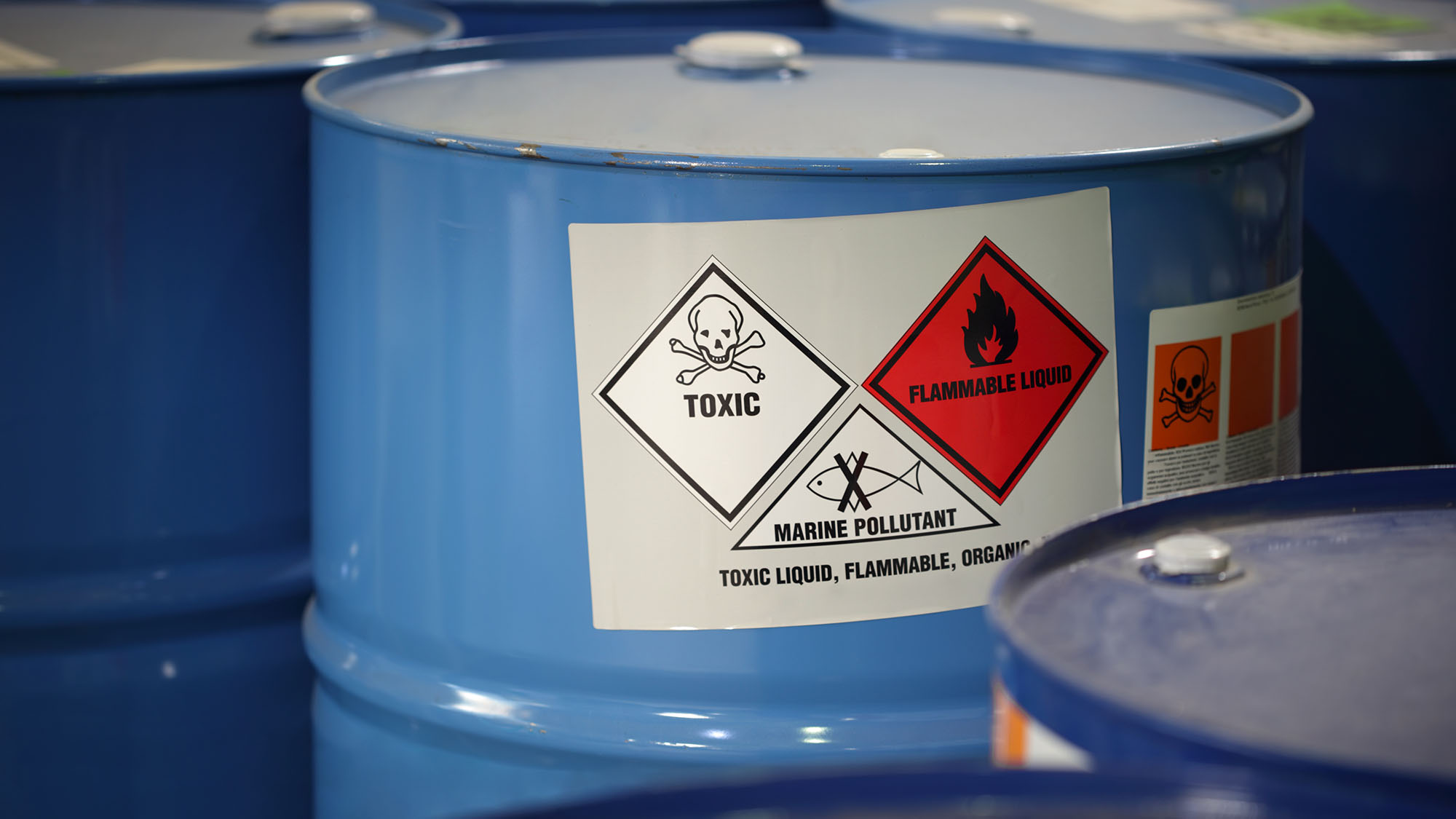
Contractor safety at PSM facilities: A shared responsibility
Recent reports indicate that from January 1, 2021, through October 15, 2023, there were over 825 hazardous chemical incidents in the U.S., averaging approximately one incident every other day. These incidents can have devastating consequences—fires, explosions, and toxic releases that threaten workers, communities, and the environment.
Facilities with processes that involve highly hazardous or flammable chemicals (listed in Appendix A to 29 Code of Federal Regulations (CFR) 1910.119) above established threshold values are subject to the federal Occupational Safety and Health Administration’s (OSHA) Process Safety Management requirements and, in some instances, state requirements. PSM aims to prevent or minimize the consequences of a catastrophic release of toxic, reactive, flammable, or explosive chemicals.
PSM requires employers to compile detailed information about the chemicals, technology, and equipment used in regulated processes and conduct a process hazard analysis for each regulated process to review what could go wrong and what safeguards must be implemented to prevent the release of hazardous chemicals. Another key component is effective employee training, so they are aware of the hazards associated with the covered processes, as well as operating procedures, including emergency operations, and other safe work practices.
But what if the people working on or around a covered PSM process are not your employees? Contractors are often hired to perform maintenance or repair, turnaround, major renovation, or specialty work on or adjacent to a covered PSM process involving highly hazardous chemicals. Each facility and each process is unique, and various types of contract work present their own hazards. Therefore, the facility employer and the contract employer must cooperate and establish effective methods of communication to ensure all employees and contractors have the necessary information and training to perform their work safely.
PSM requirements do not apply to contractors providing incidental services that do not influence process safety, such as janitorial, food and drink, laundry, delivery, or other supply services.
Facility employer responsibilities
The responsibilities of the PSM facility employer begin before a contractor ever sets foot in the facility to perform any work. Employers must establish a screening process to obtain and evaluate information regarding the contractor’s safety performance and programs to ensure the hired contractors can accomplish the desired tasks without compromising the safety and health of employees at a facility. This will likely include information on the contractor’s injury and illness rates, as well as a review of their written safety programs. In addition, employers should evaluate contractor experience and references to ensure they have the appropriate skills, knowledge, certifications, and methods to complete tasks safely. Employers may opt to use a third-party prequalification company to screen prospective contractors. There is a cost associated with using a third party, but it is likely worth it when compared to the potential cost of a serious accident at your facility.
The employer also must:
- Inform contract employers of the known potential fire, explosion, or toxic release hazards related to the contractor’s work and the process.
- Explain to contract employers the applicable provisions of the facility’s emergency action plan, including exit routes and evacuation plans, spill response, the location of emergency equipment, and the proper emergency contacts.
- Develop and implement safe work practices to control the presence, entrance, and exit of contract employers and contract employees in PSM process areas.
- Evaluate the performance of contract employers in fulfilling their obligations periodically. In the event that safety policies or procedures are violated, follow pre-established and transparent disciplinary procedures.
- Maintain a contract employee injury and illness log related to the contractor’s work in the PSM process areas.
Facilities with clear policies and procedures and where employees are well informed about safety issues, well equipped with proper safety resources, and encouraged to report safety concerns will project a strong, positive safety culture and impress upon contract employees the importance of safety at the facility.
Contractor responsibilities
The contract employer must advise the employer of any unique hazards and control measures of the contract employer’s work, or any hazards found during the work. The contract employer must also ensure that each contract employee follows the facility’s safety rules, including the safe work practices outlined in the PSM rule, and should ensure ongoing compliance by conducting regular inspections of the contract employees.
Additionally, the contract employer must ensure that each contract employee is trained in the work practices necessary to safely perform their job, including instruction in the known potential fire, explosion, or toxic release hazards related to the job and the process as well as the applicable provisions of the emergency action plan. Frequent safety meetings or “toolbox talks” are an effective way to reinforce training and any safety issues that may arise during the work.
The contract employer must maintain documentation showing that each contract employee has received and understood the training required by the PSM rule. The records must include the identity of the contract employee, the date of training, and the means used to verify that the employee understood the training.
Safety is everyone’s responsibility
Both employers and contractors will each have their own safety policies for various activities (e.g., lockout/tagout, confined spaces, handling flammable liquids) and emergency procedures. It is important that this information is shared so that contractors and employers are familiar with each other’s policies and procedures, and that any differences are reconciled before work begins.
The most important thing at any worksite or facility is that everyone returns home safely at the end of the workday. Facilities subject to PSM operate inherently dangerous processes, so facility employers and contract employers must cooperate and communicate to ensure that all PSM requirements are satisfied and that all work functions are conducted safely.



